-
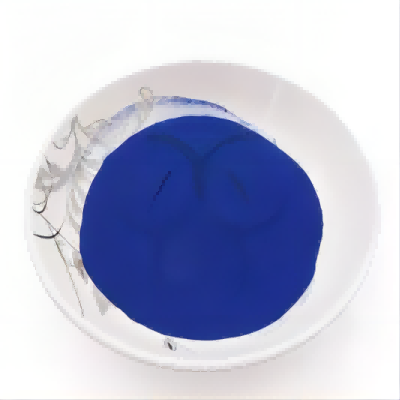
Vanadyl Acetylacetonate CAS:3153-26-2 Manufacturer Supplier
Vanadyl acetylacetonate can be used as a catalyst and a synthetic intermediate, as well as a paint drying agent and a pigment.Vanadium(IV) Oxide Acetylacetonate is used as a catalyst in organic chemistry and is also an intermediate in synthetic reactions, such as the synthesis of novel oxovanadium complexes that display antitumor activity.
-
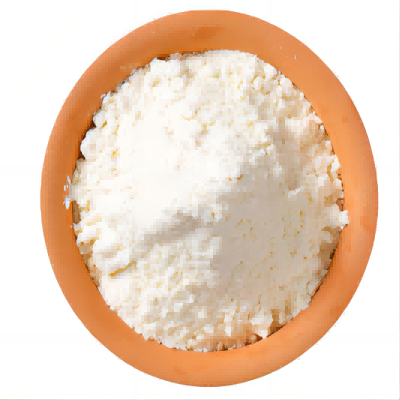
Naringin Dihydrochalcone/Naringin DC CAS:18916-17-1 Manufacturer Supplier
Naringin dihydrochalcone, sometimes abbreviated to naringin DC, is an artificial sweetener derived from naringin, a bitter compound found in citrus. Abbreviated to Naringin DC, Naring dihydrochalcone is a semisynthesis sweetener derived from naringin, a bitter substance from grapefruit. To minimizing the bitterness in orange juice, as a part US program, Naringin dihydrochalocne is found at that time. After treated with potassium hydroxide or another strong base, then it catalysically hydrogenated to the dihydrochalcone, the new sweetener may be 300-800 times sweeteness than sugar at threshold concentrations.
-
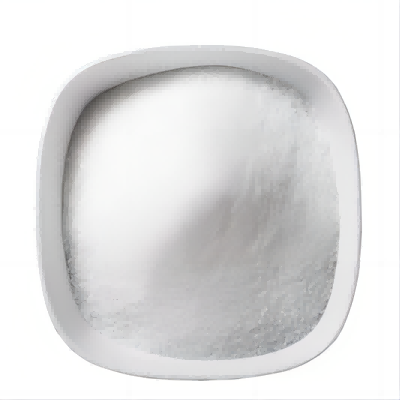
Sucralose CAS:56038-13-2 Manufacturer Supplier
Sucralose is the only non-caloric sweetener made from sugar. It is in fact the latest non nutritive sweetener to have been approved by US FDA and other regulatory bodies and have hit the markets .Sucralose is derived from sugar through a multi-step patented manufacturing process that selectively substitutes three atoms of chlorine for three hydroxyl groups on the sugar molecule. This change produces a sweetener that has no calories, yet is 600 times sweeter than sucrose, making it roughly twice as sweet as saccharin and four times as sweet as aspartame.
-
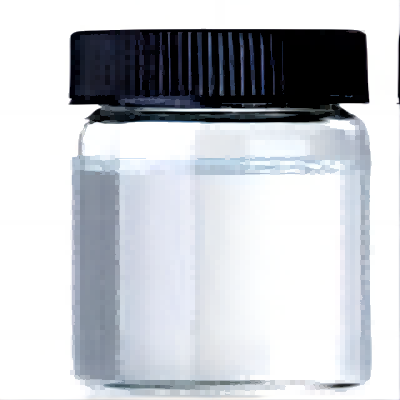
Anethole CAS:104-46-1 Manufacturer Supplier
Anethole is the main component of anise, star anise and fennel oils. It is used in the food and cosmetic industries, in bleaching colors photography and as an embedding material. Is mainly a cause of intolerance to toothpaste but may cause contact dermatitis in food handlers.
-
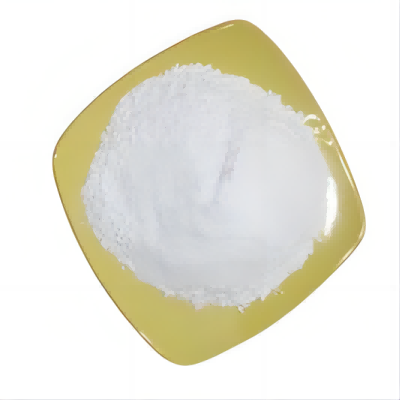
Ethylparaben CAS:120-47-8 Manufacturer Supplier
Ethylparaben is an ethyl ester resulting from the formal condensation of the carboxy group of 4-hydroxybenzoic acid with ethanol, It has a role as an antimicrobial food preservative, an antifungal agent, a plant metabolite and a phytoestrogen. It is a paraben and an ethyl ester.
-
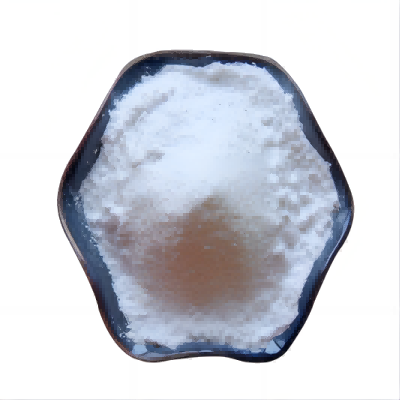
Potassium DL-Aspartate CAS:923-09-1 Manufacturer Supplier
DL-aspartic acid (DL-Asp) has important uses in medicine, and can be used to synthesize DL-aspartic acid potassium magnesium salt (pulsatine) for the treatment of arrhythmia, tachycardia, heart failure, myocardial infarction, angina pectoris, hepatitis and liver cirrhosis and other diseases, and is an intermediate in the synthesis of polypeptides.
-
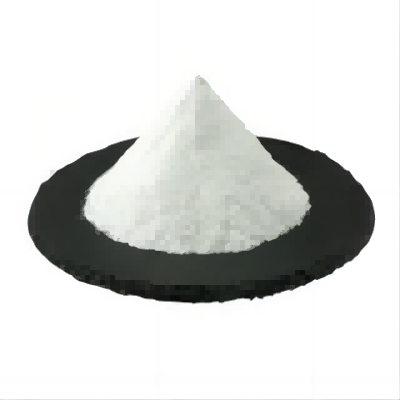
Galacto-oligosaccharide/GOS CAS:6587-31-1 Manufacturer Supplier
GOS is galacto-oligosaccharide with great similarities to the composition of human milk, and is highly promoted for use in the infant formula and healthfoods because of its combination of benefits and safety.
-

Potassium Lactate CAS:996-31-6 Manufacturer Supplier
Potassium lactate is a compound with formula KC3H5O3, or H3C-CHOH-COOK. It is the potassium salt of lactic acid. It is produced by neutralizing lactic acid which is fermented from a sugar source. It has E number “E326″. Potassium lactate is a liquid product that is usually 60% solids but is available at up to 78 % solids.
-
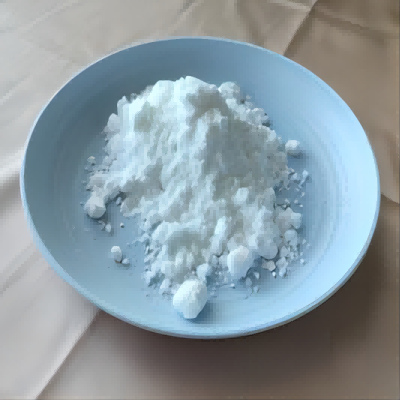
Zinc Carbonate CAS:3486-35-9 Manufacturer Supplier
Zinc Carbonate, fine white amorphous powder, odorless. The main component of calamine and secondary minerals formed in the weathering or oxidation of zinc ore belt, Basic Zinc Carbonate is sometimes substituted carbonate rock may constitute zinc ore.
-
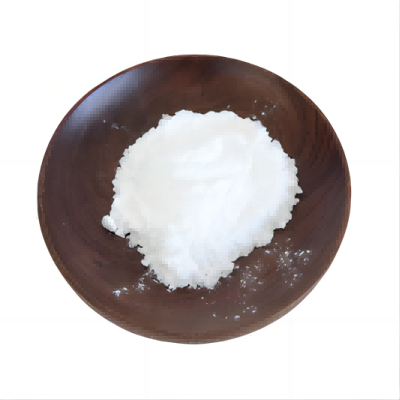
Neohesperidine Dihydrochalcone/Neohesperidin DC/NHDC CAS:20702-77-6
Neohesperidin dihydrochalcone is a member of the dihydrochalcones that is 3,2′,4′,6′-tetrahydroxy-4-methoxydihydrochalcone attached to a neohesperidosyl residue at position 4′ via glycosidic linkage. It is found in sweet orange. It has a role as an environmental contaminant, a xenobiotic, a plant metabolite and a sweetening agent. It is a neohesperidoside, a disaccharide derivative and a member of dihydrochalcones.
-
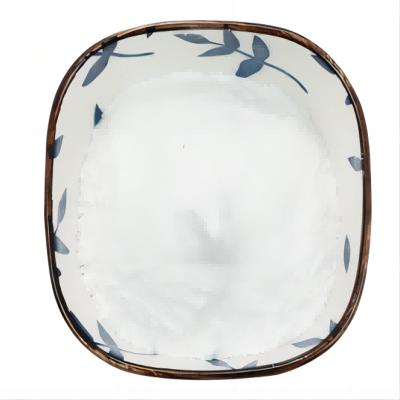
Thaumatin CAS:53850-34-3 Manufacturer Supplier
Thaumatin is a mixture of sweet proteins occurring in the arils of the fruits of the African plant Thaumatococcus daniellii. Thaumatins I and II are the main components, but four more thaumatin molecules are known. The proteins may be extracted with water. Thaumatin is about 2,000–2,500 times sweeter than sucrose but has a lingering sweetness. In addition to its sweet taste, it has flavor-enhancing properties. It is freely soluble in water and of fairly good stability.
-
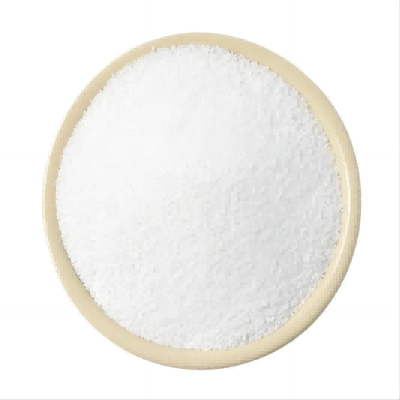
Aspartame/APM CAS:22839-47-0 Manufacturer Supplier
Aspartame is a synthetic non-caloric sweetener that is metabolized to phenylalanine, aspartic acid, and methanol in the gut. Aspartame (80 mg/kg per day for 90 days) increases plasma alanine aminotransferase (ALT) and aspartate aminotransferase (AST) activity, induces hepatocyte degeneration and leukocyte infiltration in the liver, and reduces hepatic levels of reduced glutathione (GSH), oxidized glutathione (GSSG), and γ-glutamylcysteine (γ-GC) in mice. Formulations containing aspartame have been used as sweetening agents and flavor enhancers in foods and beverages.

